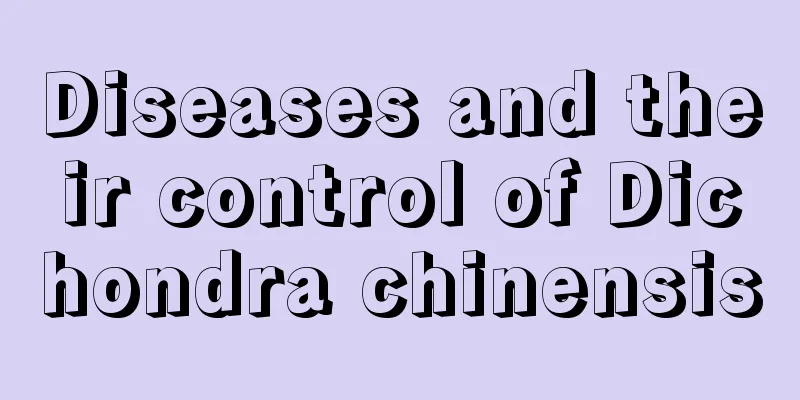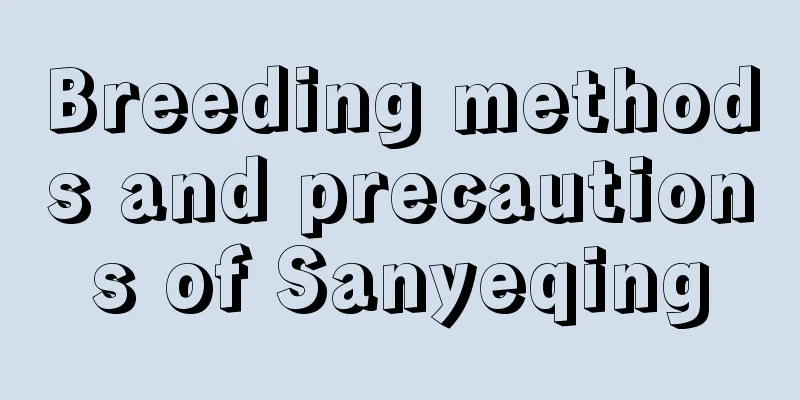Diseases and their control of Dichondra chinensis

Dianthus serratusSclerotium rotWhen white rot occurs, the leaves, stems and roots of the Chinese horsetail can be affected, and irregular yellow spots will appear. In severe cases, the entire leaf will die and wilt. The disease may be mild at first in the affected yellowing Aesculus turf, but as the disease progresses, the yellowed grass circle will gradually expand. Generally speaking, sclerotia are the main cause of golden white rot disease of horseshoe. White rot is most likely to occur under the high temperature and high humidity conditions in July and August. In addition, soil rich in organic matter is also conducive to the occurrence of this disease. Prevention and treatment methodsWhen white rot breaks out in Horse Chestnut, you can use pesticides to control it. Spraying 1000 times of 1% Myclobutanil or 2000-2500 times of 25% Prochloraz can effectively prevent the occurrence and development of the disease. Dicentra chinensis encounters rustRust DiseaseThe main symptom of rust disease of Aquilegia serrata is the formation of reddish-brown powdery spots or stripes on the stems and leaves, which later turn into dark brown. Rust usually begins to spread in April, with spots first appearing on the leaves and then expanding to the entire plant in summer. In severe cases, the lawn can wither and large areas of death. Prevention and treatment methodsWhen rust appears on the Chinese horsetail, nitrogen fertilizer should be avoided in summer. You can also use drugs for prevention and control, such as spraying 20% triadimefon emulsifiable concentrate or spraying 40% carbendazim suspension. Sclerotinia sclerotiorumPyricularia spp.When the horse chestnut is infected with pyrrhocorticoides, the main symptom of the affected plants is the appearance of round brown or slightly brown spots, which turn into large spots as the disease progresses. Especially in the high temperature and humidity in the summer, or improper application of nitrogen fertilizer, the disease will be aggravated, causing large areas of baldness in the lawn. Prevention and treatment methodsWhen the disease of Cynarostemon spp. occurs, the soil of Cynarostemon spp. in the affected area can be dug out and centralized for treatment, and then disinfected and sterilized with 40% pentachloronitrobenzene powder. Secondly, pay attention to drainage during the rainy season. When the disease is serious, 75% Benomyl wettable powder can be used for prevention and control. |
<<: Prevention and control of common diseases and insect pests of Ficus microcarpa
>>: Common diseases of crape myrtle and their prevention and control methods
Recommend
What kind of potting soil is good for growing asparagus fern?
1. Which basin to choose 1. It is best to choose ...
How to grow garlic to get high yield?
With the end of the autumn harvest, the season fo...
How are seedless watermelons grown?
Seedless watermelon , as the name suggests, refer...
How often should I water aloe vera?
If you water aloe vera too much, it may cause exc...
How to cultivate Milan flowers to grow well
Milan flower growing conditions Milan prefers a w...
Disease prevention and control of Parthenocissus tricuspidata
powdery mildew: The disease can occur from seedli...
Will tulips have insects? Tulip pests and diseases
1. Pests 1. Aphids: Aphids are a common pest that...
Why is the Areca palm not suitable for home use?
1. Reasons why Areca palm is not suitable for hom...
The role and value of Euonymus
Medicinal value of Euonymus The whole plant of Eu...
Does Cymbidium orchid have a petiole ring? What orchid does not have a petiole ring?
1. Does Cymbidium have a petiole ring? Cymbidium ...
What is ivy?
1.What is it? Ivy is an evergreen clinging vine. ...
Does strawberry like water? Is it a water-loving plant?
Do strawberries like water? Strawberry likes wate...
What are the cultivation methods and precautions of the eight-angle golden plate?
Method of cultivating star anise The Oleander pre...
Check out some flowers that represent winter
1. Plum Blossom Plum blossom, also known as sour ...
Fertilization method for growing flowers in autumn
Tips for fertilizing flowers in autumn Fertilizat...









